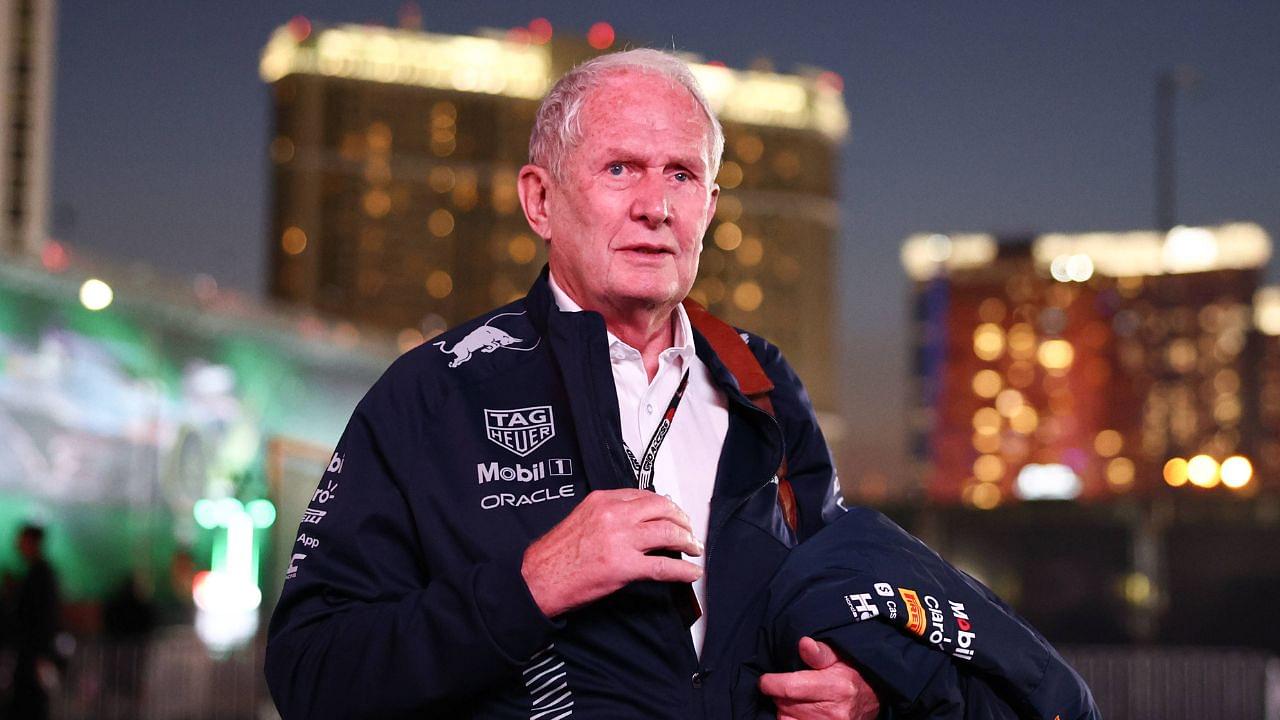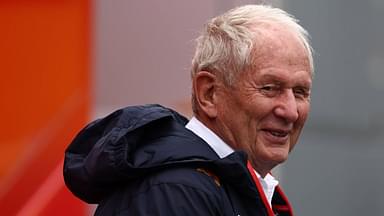In 2020, the Red Bull Bulletin orchestrated a journey down memory lane, immersing F1 enthusiasts in the youthful landscapes of Helmut Marko. According to reports, the Red Bulletin extended an invitation to the Red Bull motorsport advisor, prompting a sentimental road trip. The objective was to revisit Marko’s origins and explore the bygone era he shared with his close friend, the late Jochen Rindt. The trip shed light on one of the anecdotes from Rindt’s funeral that also presented Marko with the opportunity of a lifetime.
The expedition unfolded as Marko took a meaningful pause at a layby on the Koppen mountain pass, connecting the spa town of Bad Aussee with Obertraun on Lake Hallstatt. Notably, this visit marked Marko’s return after an absence of three decades, his last visit being in the 1970’s.
Rindt was the original driving force in the Austrian motorsport scene—a revered racing driver whose life came to a tragic end in a 1970 accident at Monza. Like any true best friend, Marko deeply felt the loss of his closest companion.
While expressing his grief, the taskmaster at Red Bull went on to explain the profound impact the incident had on him. He said, “But we couldn’t take it in at all when it actually happened. Nor could we accept it. We drank ourselves into a stupor. I still remember that evening.”
Nevertheless, as Marko wrapped up his story, he shared an unexpected turn of events that transpired at Rindt’s funeral. According to Marko, it was during this somber occasion that he was approached with a tempting offer for the following season from a manager of the motorsport world.
In addition, Marko also shared his perspective on the offer as he said, “It felt like I was in some bad film.” Ultimately Marko refused the offer, indicating that the proposal came from an individual who was neither Austrian nor did he possess the same emotional attachment to Jochen.
What circumstances led to the death of Helmut Marko’s best friend Jochen Rindt
The late 1960s stand as one of the darkest periods in the history of Formula 1, marred by a series of tragedies that shook the motorsport world to its core. The era was defined by the harrowing specter of danger, as drivers faced unprecedented risks on the track. Two close friends and accomplished racers, Bruce McLaren and Piers Courage, tragically lost their lives within 19 days in June 1970.
The impact of these losses reverberated profoundly, even affecting the reigning champion Jochen Rindt. Devastated by the deaths of McLaren and Courage, Rindt even reportedly contemplated retirement at the end of the 1970 season. However, fate took an unexpected turn for the Austrian driver.
Only two races after his triumph at the German Grand Prix, tragedy struck during practice for the Italian Grand Prix at Monza. Rindt’s Lotus crashed at Parabolica, and the absence of a crucial safety feature, a crotch strap, proved fatal as Rindt’s seatbelt buckle caused severe throat injuries.
The cruel irony unfolded at the same spot where Wolfgang von Trips had met a similar fate nine years earlier. However, even amid the pervasive dangers and personal tragedies during his racing career, Jochen Rindt maintained an unwavering competitive spirit.
In the lead-up to his untimely death, Rindt displayed unmatched skill and determination by winning four consecutive races, from the Dutch Grand Prix to the French, British, and German races. Nevertheless, the tragedies of the 1960s, scarred by the premature deaths of talented drivers, entered a transformative period. that led to the implementation of crucial safety measures.







